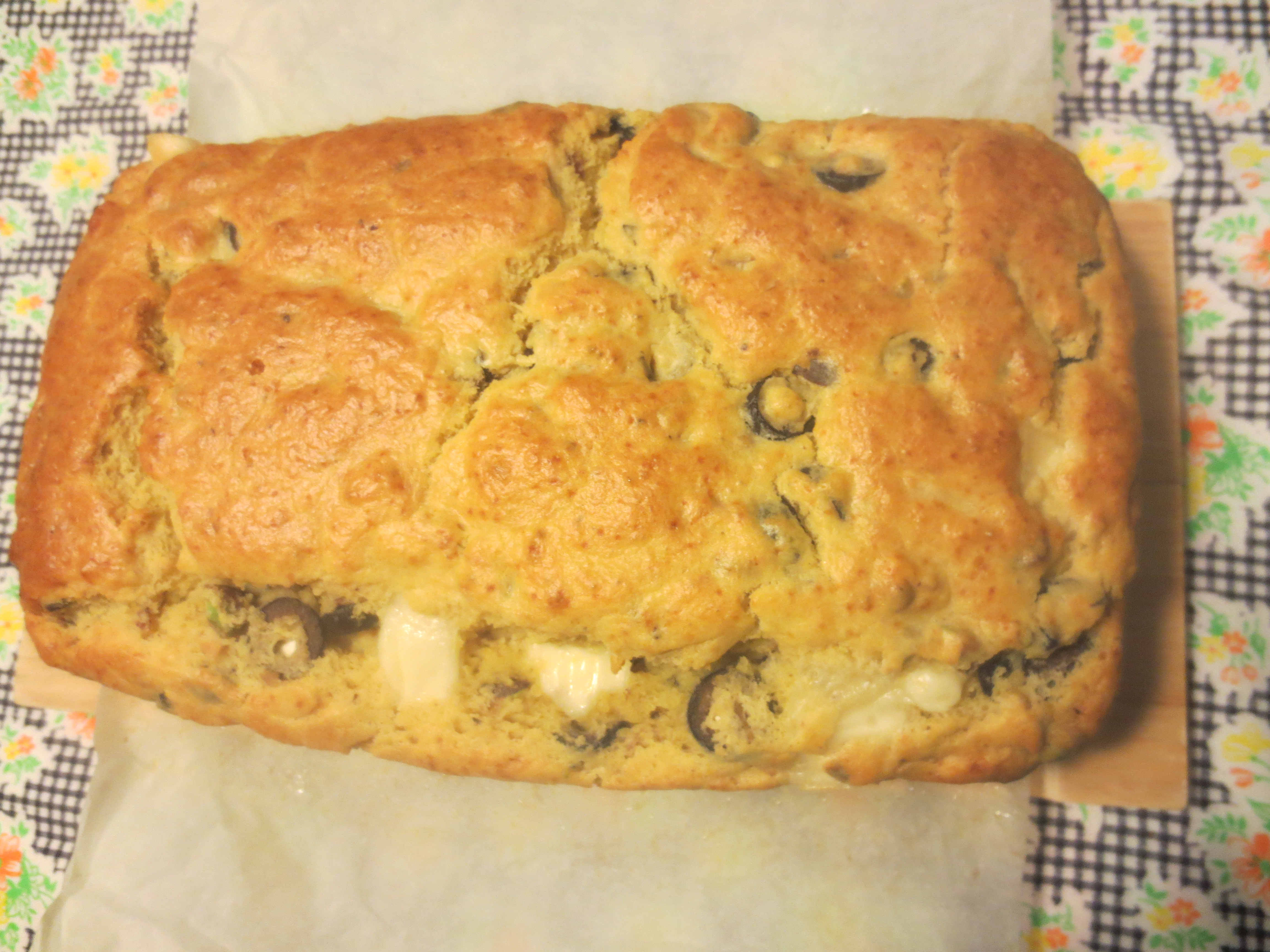Neste momento estou a fazer uns individuais de cozinha a partir dos tecidos que tenho em casa nomeadamente de toalhas de mesa muito grandes e que o excedente é uma excelente opção de reaproveitamento. Nas imagens os meus estudos de combinações :). Estou a pensar na combinação 4 quadrados/8 triângulos e uma tira larga para completar a forma do individual.


Para completar este projecto preciso de comprar enchimento para dar mais estrutura ao individual. Sempre ouvi dizer que o enchimento de algodão (100% ou 80%) é muito melhor e tem mais durabilidade. Numa hora do almoço fui a uma loja de tecidos e só tinham enchimento sintéctico e que nunca tiveram de algodão nem sabiam que existia!...lá vim para casa e resolvi pesquisar mais sobre materiais de enchimento e as vantagens e desvantagens. No mundo maravilhoso dos quilts seria o local ideal para tentar compreender melhor e assim fui ao Allpeoplequilt.com e conclui o seguinte:
- o enchimento a seleccionar deverá ter em consideração a utilização da nossa peça final;
- as características do enchimento são: a sua forma ao dobrar, fios/fibras, "robustez"do material, a capacidade de aquecimento e lavagem (ler mais aqui)
- para uma manta de cama todas estas características fazem sentido serem analisadas e certamente escolheria um enchimento com fibras naturais por "respirar" melhor o tecido/manta e ser melhor para a saúde;
- para projectos mais simples como os individuais pensaria primeiro na durabilidade e lavagem vs. custos.
Em baixo uma Tabela geral das características do enchimento 100% algodão, misturas de algodão e polyester e apenas polyester:
Enchimento de algodão (100% ou menos) pode encolher um pouco na primeira lavagem. Para um individual pode fazer a diferença. Para além disso este enchimento é bem mais caro que o sintéctico. O "respirar" do tecido neste caso também não é relevante e assim irei escolher fazer os individuais com enchimento sintéctico.
Irei mostrar o trabalho final com os individuais prontos...e com um bonito bolo em cima, porque não?
:::
Sometimes on this blog you will see/read other things that also interest me and that are made outside kitchen doors. Don't get me wrong, this blog is mainly baking and making delicious food but my criative mind leads me to so many other directions. I sure want to explore more of those too.
Some themes will be related to the kitchen ambience/deco, others not so much.
I love sewing but I guess I love it more than the amount of projects I end up doing. I'm trying, really guys, I'm trying really hard to change it and be sewing proactive in the middle of raising by lovely boys. And like the recipes, there are more lined up projects that are stored in my mind and drafted all over my notebooks and post it's :).
At the moment I have one little sewing project I will show you (feeling the pressure) that are individual table cloths using 2 different fabrics from old large table cloths (stripes and squares). Check my study of combinations below. I will try the 4 squares/8 triangles + 1 large stripe.
To finish this project I will need a filling/batting (in quilt terms) to give consistency to the table cloth. I always been told to choose cotton ones, 80% to 100% cotton. But when approaching a vendor from a fabric shop she never heard of it? and said the syntetic ones were better and lasted longer? Of course cotton ones exist I told the lady from the fabric store....
I knew it wasn't that simple so I've decided to find out more. And what better place to look than quilting associations and professional quilters?
I found great information on Allpeoplequilt.com and leave here the highlights of what I read:
- the batting you choose should take into consideration the nature and use of your finished project;
- batting characteristics to look into are drapabillity, grain line, loft, resiliency, warmth and washability (read more here);
- for a bed quilt all the characteristics meantioned above should be analysed and for sure I would choose natural fibers because they "breath" and are more health friendly.
- For more simple projects like mine I though first of washability/durability versus costs.
Cotton (100% or less) can shrink a little. For a small table cloth it can make a difference. I could pre-wash but I must think that this option is the most expensive comparing to polyester. The breathability is not important in this project so I will choose polyester!
I will show you soon the finished individual table cloths...with a beautiful cake on top ;).











